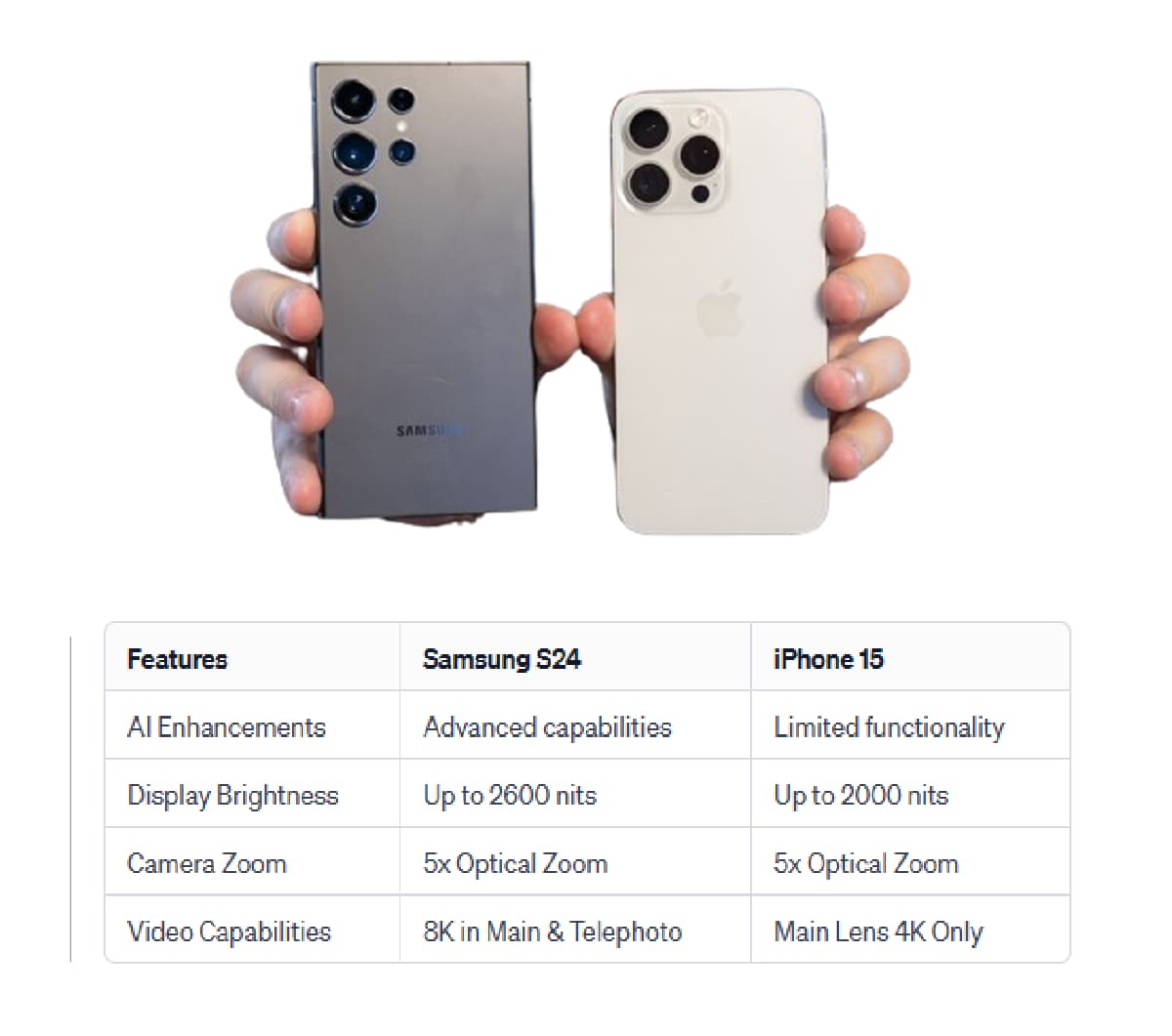
In the vibrant Indian smartphone market, Samsung and Chinese brands are two major players that capture much attention. Understanding their roles, the challenges faced by Indian brands, and the evolving manufacturing landscape will help you make informed decisions when choosing a smartphone or exploring the industry.
Samsung vs. Chinese Brands in India
Samsung’s Position
Samsung has long been a leader in the Indian smartphone market. Known for its high-quality devices and broad range of models, Samsung offers everything from budget-friendly options to high-end flagship phones. Their strengths include:
- Brand Trust: Samsung’s reputation for reliability and innovation.
- Wide Range: Phones for every budget and need.
- After-Sales Support: Extensive service network across India.
Chinese Brands’ Emergence
Chinese brands like Xiaomi, Oppo, and Vivo have surged in popularity due to:
- Competitive Pricing: Offering high specs at lower prices.
- Innovative Features: Fast charging, advanced cameras, and sleek designs.
- Aggressive Marketing: Effective campaigns and strong online presence.
Key Differences
- Pricing: Chinese brands often provide more affordable options with competitive features.
- Innovation: While Samsung focuses on a wide array of features, Chinese brands often push the envelope with cutting-edge technology.
- Market Strategy: Chinese brands rely heavily on online sales channels, whereas Samsung has a strong presence in both online and offline markets.
Challenges Faced by Indian Smartphone Brands
Market Competition
Indian brands like Lava and Micromax face fierce competition from global players. Challenges include:
- Price Wars: Global brands often offer lower prices due to economies of scale.
- Technological Advancements: Keeping up with rapid innovation is tough.
- Brand Perception: Established global brands have stronger brand recognition.
Innovation and R&D
Indian brands sometimes struggle with:
- Funding for Research: Limited resources for R&D can slow innovation.
- Technological Upgrades: Difficulty in competing with the latest technology.
Lava Mobile: India’s Last Standing Brand
The Lava Legacy
Lava Mobile is one of the few Indian brands still standing strong. Key aspects of Lava include:
- Affordable Pricing: Known for budget-friendly phones.
- Local Manufacturing: Focused on assembling and manufacturing within India.
Current Challenges
- Innovation Gaps: Lagging behind in cutting-edge technology compared to global competitors.
- Market Share: Struggling to compete with the aggressive pricing and features of Chinese brands.
The Rise and Fall of Indian Smartphone Brands
Past Glory
Indian brands like Micromax once dominated with budget-friendly phones and local manufacturing.
Decline Factors
- Increased Competition: Global brands entered the market with superior technology and aggressive pricing.
- Economic Challenges: Rising costs and economic factors affected profitability.
- Technological Lag: Slower adoption of new technologies.
Chinese Companies and Premium Smartphone Segments
Chinese Brands Going Premium
Chinese companies like Xiaomi and Oppo are increasingly targeting the premium market:
- Xiaomi’s Move to Premium Phones: Introducing high-end models with advanced features.
- Oppo’s High-End Offerings: Focused on design and camera technology.
Impact on the Indian Market
- Increased Options: More choices for consumers looking for premium features at competitive prices.
- Pressure on Samsung: Global brands must innovate further to maintain their premium market share.
Assembling Smartphones in India: Current Trends
Growing Local Assembly
The Indian government’s push for “Make in India” has led to:
- Increased Local Assembly: Many global brands are setting up assembly lines in India.
- Economic Benefits: Job creation and reduced import costs.
Key Players
- Samsung: Operates major assembly plants in India.
- Xiaomi and Oppo: Also investing in local assembly to meet demand and reduce costs.
Smartphone Manufacturing in India 2024
Trends to Watch
- Expansion of Facilities: More brands are building or expanding their manufacturing plants in India.
- Focus on Local Sourcing: Efforts to increase the use of local components.
Impact on Consumers
- Lower Costs: Potential for reduced prices due to decreased import duties.
- Enhanced Availability: Improved supply chains and quicker availability of new models.
India’s Role in Global Smartphone Assembly
Global Importance
India is becoming a crucial hub for smartphone assembly:
- Strategic Location: Proximity to major markets in Asia and beyond.
- Cost Efficiency: Lower labor and operational costs attract global brands.
Future Prospects
- Increased Investment: More foreign investment in local manufacturing.
- Higher Production Volume: Growing role in global supply chains.
Challenges in Local Component Manufacturing
Current Issues
- Component Shortages: Dependence on imports for certain high-tech components.
- Quality Control: Ensuring high standards in locally manufactured parts.
Addressing Challenges
- Government Initiatives: Support for developing a local component industry.
- Private Sector Investment: Companies investing in local production facilities.
Smartphone Component Sourcing in India
Sourcing Strategies
- Local vs. Global Suppliers: Balancing between local sourcing and global suppliers.
- Building Capabilities: Developing local capabilities for manufacturing key components.
Future Directions
- Increased Local Production: Efforts to boost local component manufacturing.
- Technological Advancements: Investments in technology to enhance local production capabilities.
Growth of Smartphone Factories in India
Recent Developments
- Factory Expansion: Many brands are expanding their manufacturing operations in India.
- New Entrants: Several new players setting up factories to capitalize on the growing market.
Benefits
- Job Creation: Significant employment opportunities.
- Economic Growth: Boost to the local economy through increased manufacturing activities.
Importance of R&D in Smartphone Development
Why R&D Matters
- Innovation: Drives technological advancements and new features.
- Competitive Edge: Essential for staying ahead in a rapidly evolving market.
Current Focus
- Investments in Technology: Brands investing heavily in R&D to develop new technologies.
- Collaborations: Partnerships with tech firms and research institutions to enhance capabilities.
In summary, understanding the dynamics between global and local smartphone brands, along with the evolving landscape of smartphone manufacturing and R&D in India, is crucial for both consumers and industry stakeholders. Whether you’re choosing a smartphone or exploring industry trends, staying informed will help you navigate this exciting and fast-changing market.



